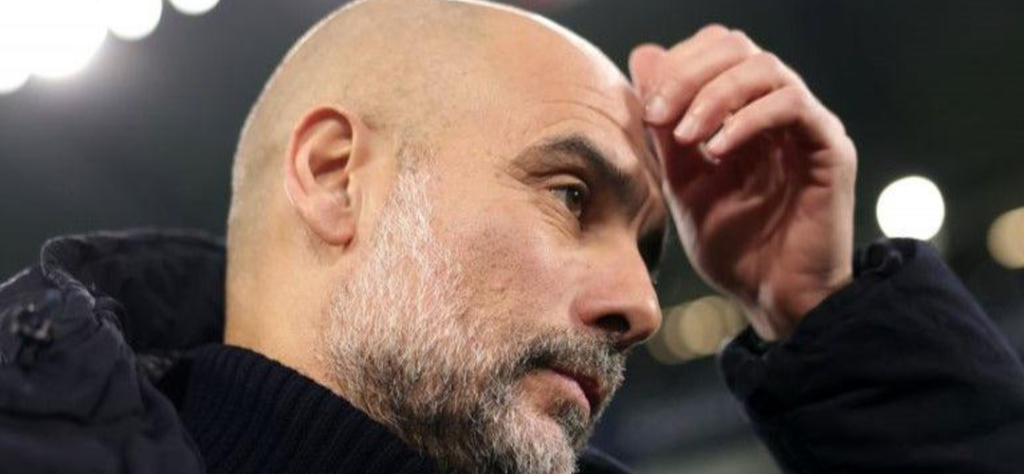
Manchester City has one of the best young attacking units in the world with Haaland, Doku, and Foden. The recent departure of Julián Álvarez to Atlético Madrid over the summer highlights the speed and importance of the transition process Pep Guardiola faces. Crucially, City’s tactical and defensive spine, the players who truly define Pep Guardiola’s system, are all nearing or past the 30-year mark. Players like Kevin De Bruyne (34), Kyle Walker (34), Ederson (31), and John Stones (30) represent the successful core built between 2016 and 2018.
This is not yet a “crisis,” but a critical strategic juncture. While City benefits from the prime years of Rodri (28) and Rúben Dias (27), the reliance on key veterans means the club must manage their departures swiftly and flawlessly to avoid the chaos seen elsewhere.
History offers two key lessons regarding squad transition:
The cost of delayed replacement
Clubs often suffer when emotional attachment to legends prevents timely, rational renewal. The decline of Manchester United after 2013, for example, was certainly hastened by an aging, expensive squad, but it was exacerbated by the subsequent managerial instability and flawed recruitment following Sir Alex Ferguson’s retirement. Similarly, Barcelona‘s current woes are fundamentally rooted in severe financial and administrative mismanagement, although delaying the replacement of icons like Xavi, Iniesta, and Busquets costs them a vital competitive edge.
These cases prove that while you can rely on the quality of veterans, you cannot rely on their availability, as evidenced by increased injury rates and inconsistent form, a problem City has begun to experience.
Real Madrid’s foresight
Real Madrid is the modern gold standard for managing this generational shift. Their systematic replacement of club icons (Ronaldo, Ramos, Marcelo) did not begin after 2018 but was planned years in advance. They executed a long-term strategy, signing and integrating young talents like Vini Jr. and Rodrygo years before they hit their peak, and culminating with the acquisition of Jude Bellingham. This forward-thinking approach allowed them to refresh the team’s energy and competitive hunger without ever dropping out of contention for the Champions League.
Guardiola’s strategic challenge
For the first time in his career, Pep Guardiola faces the decline of a truly dominant squad he built. The challenge now is not to execute a full “rebuild” but to perform surgical replacements, skillfully phasing out high-profile veterans while integrating the existing young core into leadership roles. The unexpected departure of a player like Álvarez, while financially beneficial, only accelerates this necessity.
Successful teams understand that the speed and quality of integration are more important than an arbitrary age limit. Guardiola needs to bring in 3-5 high-potential players now and ensure they are ready to become starters when the 34-year-olds finally step away. The window for a smooth transition is closing quickly.
Football is built on energy and youth, with players between 20 and 29 dominating the high-intensity modern game. Pep must act decisively in the upcoming transfer windows to ensure City remains the benchmark of sustained success and does not become another cautionary tale of transition failure.
Related Opinions
2025/2026 EPL Match Day 9 Predictions
Pep Out To Stop Real Madrid From Winning Another UCL Title
EPL Matchday 13 Preview & Predictions
Weekly 10 Odds Rollover for Nov 24-30, 2025
Facebook Comments
If you have a Facebook, you can easily drop your comment on this opinion
About Author


